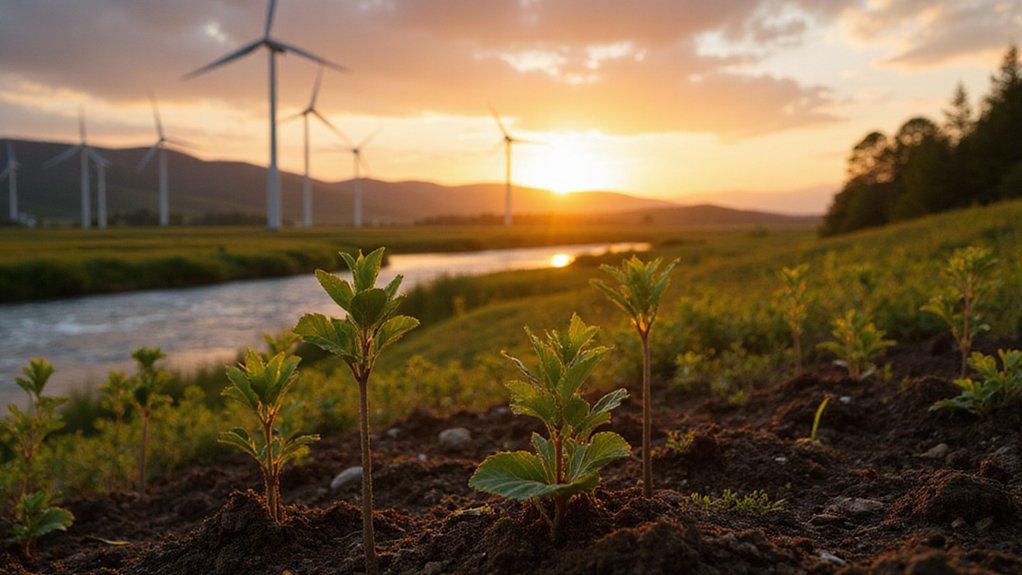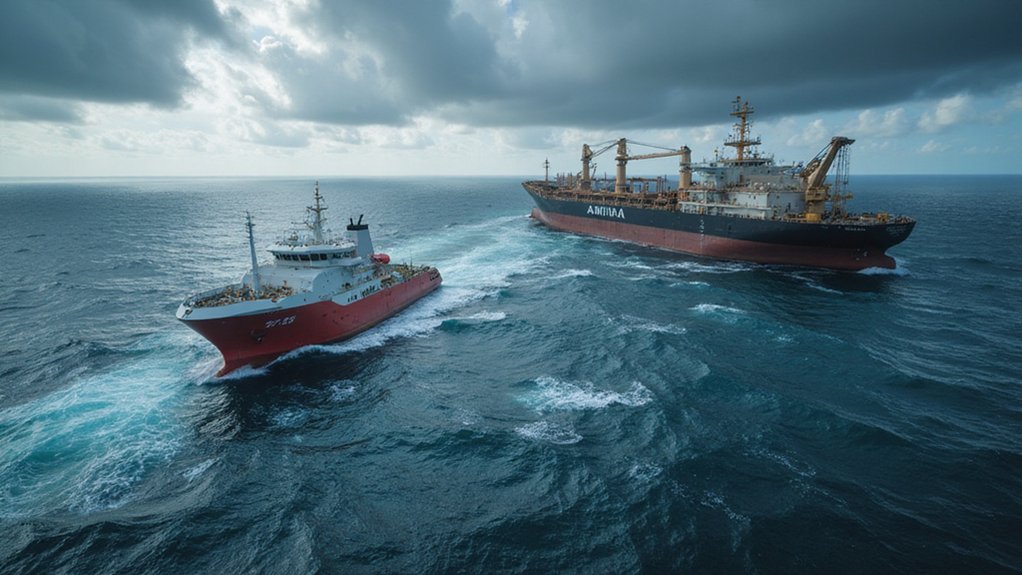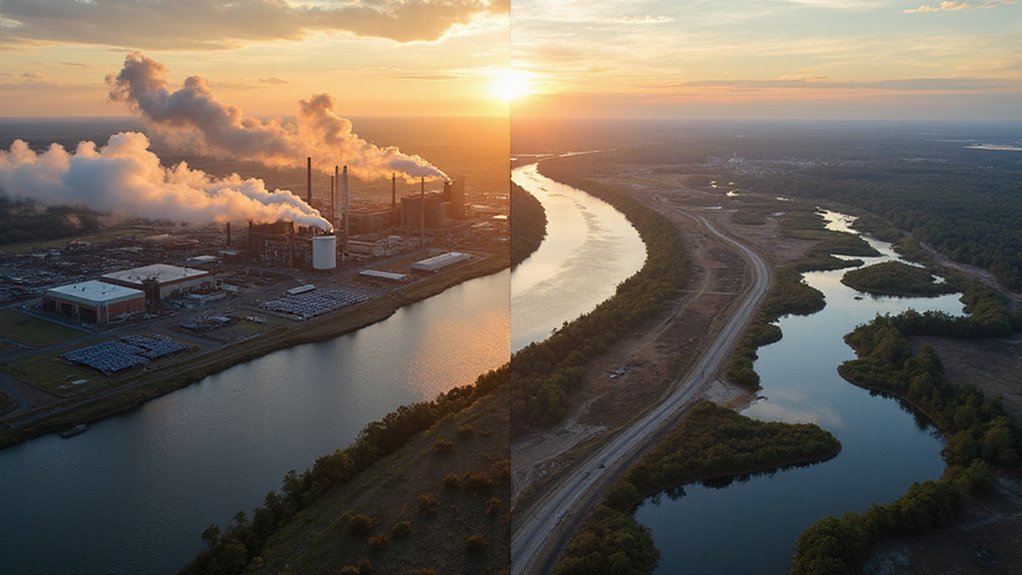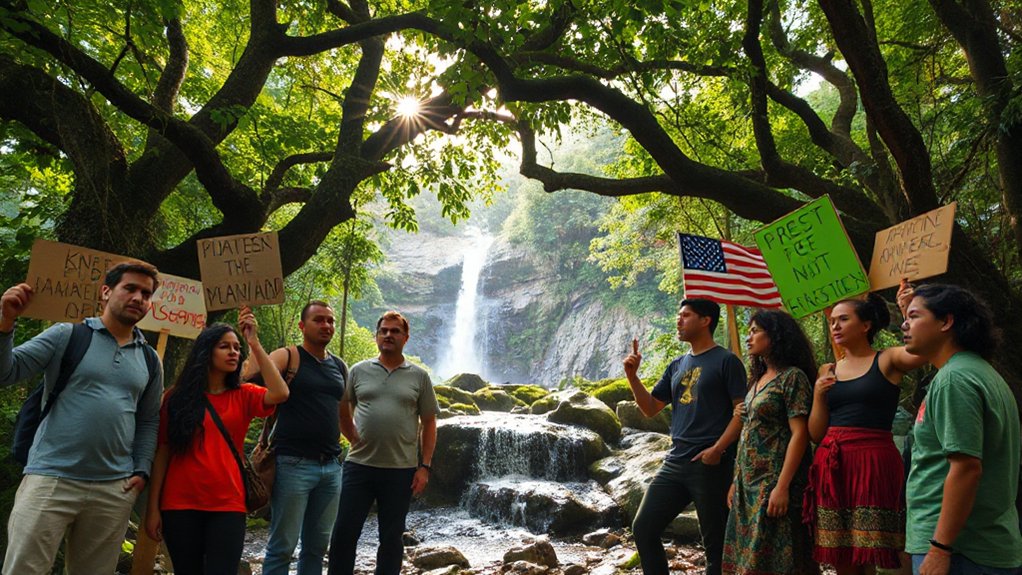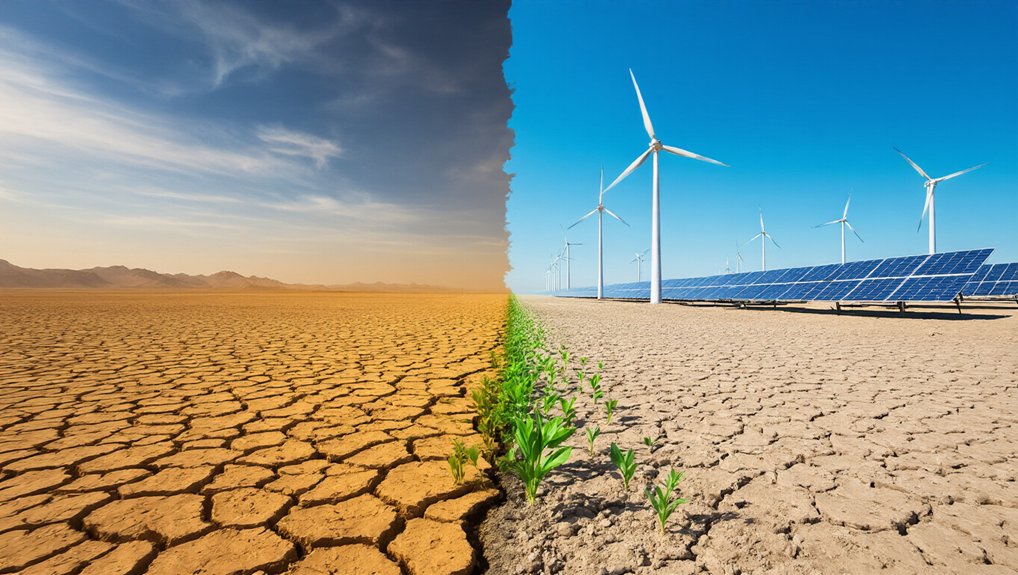Women are leading climate action because they’re disproportionately affected—making up 80% of climate refugees. It’s not just moral; it’s practical. Female leaders delivered the Paris Agreement while countries with women at the helm set bolder targets. The numbers don’t lie: women’s leadership correlates with stronger environmental policies. They tackle issues intersectionally, connecting dots between health, poverty, and climate. Results matter more than political correctness, and women deliver.
While men dominate headlines in the climate crisis, women are quietly shouldering its worst impacts. They make up 80% of people displaced by climate disasters. By 2050, climate change could push another 158 million women and girls into poverty. Not exactly breaking news, but somehow still not front-page material.
Women’s daily roles put them on the frontlines. They collect water, gather firewood, grow food—all while climate change makes these tasks increasingly dangerous and difficult. Limited access to land, credit, and technology? That’s just the cherry on top of an already melting ice cream cone.
But here’s where it gets interesting. When women lead on climate, things actually happen. Remember the Paris Agreement? Thank Christiana Figueres, Laurence Tubiana, Mary Robinson, and Sue Biniaz for getting that across the finish line. Countries with female leaders like New Zealand and Germany aren’t just talking about climate action—they’re setting ambitious targets and following through.
The numbers don’t lie. Closing the gender gap in agriculture could increase farm yields by 20-30% and feed up to 150 million more people. Imagine that—feeding people while fighting climate change. Transformative, right?
Female representation in climate leadership consistently correlates with stronger environmental outcomes. Women-led movements like Wangari Maathai’s Green Belt Movement in Kenya have transformed landscapes and livelihoods. Mia Mottley is reshaping climate finance through the Bridgetown Initiative. These aren’t flukes. Women’s approach to climate solutions often emphasizes resource conservation strategies that integrate social and environmental concerns simultaneously.
Women approach climate solutions differently. They address interconnected issues—health, poverty, education—alongside environmental concerns. They collaborate across borders and backgrounds. This intersectional approach is especially vital as Indigenous women face particularly acute climate risks while often possessing valuable traditional knowledge. Research consistently shows that having women in parliament correlates with stronger climate policies and more effective environmental legislation.
The formula seems simple: more women in power equals better climate policies. Yet the barriers remain firmly in place.
Gender equality isn’t just a nice-to-have in climate action; it’s essential. The climate movement needs women’s leadership—not because it’s politically correct, but because it works. Full stop.
References
- https://www.un.org/en/climatechange/science/climate-issues/women
- https://www.unwomen.org/en/articles/explainer/how-gender-inequality-and-climate-change-are-interconnected
- https://www.eib.org/en/stories/female-leaders-climate
- https://www.nature.org/en-us/what-we-do/our-priorities/tackle-climate-change/climate-change-stories/women-on-climate/
- https://www.wemeanbusinesscoalition.org/blog/women-are-leading-in-the-fight-against-climate-change-by-joining-forces-we-can-amplify-that-impact/
